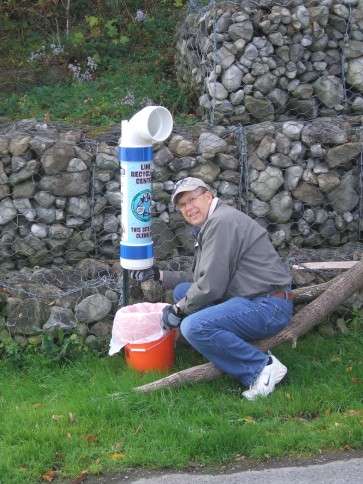
Paul Hudson is the secretary of the Good Ole Boys Bass Club in New York and the director of fish care for the New York B.A.S.S. Nation.
One of the most frustrating parts of public relations is getting your message out to the general public. Granted, we have very little trouble getting our tournaments posted on club websites and different fishing web forums. In the media that follows our sport, we can usually have our conservation, community events and other accomplishments published.
However, when it comes to getting our message out to the general public via non-sporting media we usually “hit a stone wall.”
The circus showman P.T. Barnum is believed to have said, “There is no such thing as bad publicity.” However, when you apply that to our sport, bad publicity is bad publicity! Dead fish that are found after tournaments, boating accidents and other negative events do not sit well with the general public. Yet, those negative incidents seem to make the headlines. Then there are organizations such as PETA (People for the Ethical Treatment of Animals), along with other organizations, who are working behind the scenes to limit or stop our sport. One only needs to look at the many lakes that are now off limits to tournament fishing.
You might ask, "How do we get our message out to the general public?"
First, and foremost, never give up in sending out those articles to mainstream media outlets. You never can tell when that article might get published.
Another way of addressing this issue is engaging the public at your events. You never know what might happen when you say hello to a person at a weigh-in or on the water. This simple exchange might lead to a more in-depth conversation about our sport and our conservation efforts.
The following are some positive encounters that come to mind.
Barb Elliott (conservation director for New York and vice president of the Salt City Bassmasters) was working with the Salt City Bassmasters' water chestnut weed pull on Oneida Lake. She observed kayakers in Big Bay Creek and engaged them in conversation; the kayakers came away with a better understanding of this invasive species. They also learned that a bass club is leading the fight in eradicating this weed from the lake.
Another example is while a group of people were waiting for the car ferry to take them across Lake Champlain. They observed the operator of the New York chapter's Catch and Release Boat placing the fish into the holding tanks. A simple “hello, and how are you doing?” from the boat handler led to a longer conversation. The onlookers observed that the chapter must really care about the fish, as they saw the boat handler testing the water in the tanks on a regular basis.
At the Club Team Championship on Oneida Lake, people were once again watching fish being placed into the catch-and-release boat. A family was invited to come on the boat and look at the fish. Scott Bliss, a New York member, answered their questions. When Scott has explained the reason behind the catch-and-release boat and that tournament fishermen who come in with dead fish are penalized, the comment from the group is, “Wow! Your group must really care about the fish!”
Now, granted, these encounters with the general public do not have a far-reaching effect like a paper, magazine or the Internet, but a simple "hello" or "do you have any questions?" engages people.
From there, hopefully, these encounters will lead to something positive and we can at least begin to educate the public one person at a time.
